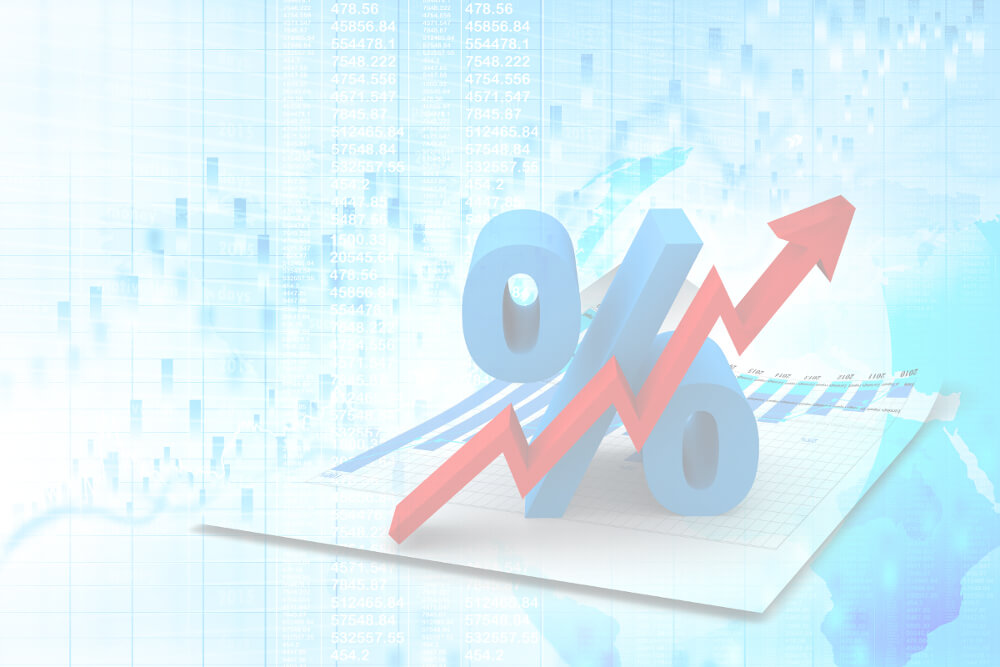The picture seemed clear in December 2015: The US Fed just had increased the key interest rate by 25bp and provided the outlook for four additional rate hikes in 2016. However, in April 2016 the Fed has already stated to reduce number of targeted “gradual” hikes down to two. The picture is still not clear and the world is still playing the guessing game whether and when there will be the next rate hike. After all, despite the Fed’s strong will to ‘hike the rates’ the probability of 2016 completing without any rate hikes cannot be negated.
The history: US Fed’s quantitative easing and focus on recovery
The US Fed was committed to cut the key interest rate (federal funds rate) to nullify the effect of the global financial turmoil from 2007 by taking the rate to near zero. Clearly, the steps haven’t influenced the economic factors as expected. Furthermore, the failure of Lehman Brothers in the second half of 2008 led spectators guessing if there was another great depression on the way. So, the US Fed adopted a new mechanism to control the money supply in the market by injecting capital into the financial system through bond-buying.
The Fed bought debt and mortgaged backed securities summing up to more than $ 3.5 trillion in its balance sheet. Although the bond-buying program or quantitative easing (QE) was not a new idea, it was for the first time that it was applied on this massive scale, because quantitative easing is usually a monetary policy of last resort and comes only in picture when the conventional monetary policy fails.
Both the proponents and critics had given their verdicts in support and opposition of the QE program. However, the “most accommodative” monetary policy in US history, which lasted for roughly seven years, had given the US economy the support that was required to withstand the recessionary impact of the financial crisis. The economic growth and the unemployment rate had given the positive signals for the quantitative easing tapering. After the quantitative easing tapering, the rate liftoff was completed and the US Fed hiked the key interest rate by 25bp in December 2015 and gave the outlook that more “gradual” hikes can be possible in its upcoming policy meetings.
Read more: Global Economic Trends For 2022 and Beyond
The current situation: Not going as planned…
Despite the fact that the Fed announced as many as four hikes in 2016, the picture appears gloomy after the two consecutive meetings in 2016. The global factors such as China’s slowdown, other central banks using monetary easing too, and the volatile oil market are also severely affecting the hope of future rate hikes. The policy statements given by Fed omitted the “Balance of Risk” and additionally added to “monitor the global economy”. This gives a brief idea that even the Fed knows the potential downside risks from the global economic factors. The last statement in April published by FOMC mentioned that the US economic performance is moderate and that it is closely monitoring the results of the employment exchange for further rate cuts.
The Fed’s meeting data published on 18 May 2016 suggests the close watch on economic indicators for next rate hike in June. The employment data can be said to be a little disappointing as it was the last resort for the June rate hike. The headline job growth in April was at 160,000, well below the consensus forecast of 203,000. The US inflation figures of 1.1% are much below the Fed’s expected figure of 2%. The economic growth figures for the first quarter of 2016 also increase the opacity about the next rate hike. The US economy grew at an annualized rate of just 0.5 per cent in the first quarter as consumers and businesses alike exercise caution with their spending.
Also read: Looming Fears of Inflation, The Fed, and Recession: Where are The Financial Markets Heading?
What next: When will be the next “gradual” rate ‘hike’?
As described above, the US economy is not moving as planned. The post-meeting probability as per Bloomberg data of a hike in June is 32%, and for July its 47%. So, the chance of a rate hike in June is highly improbable. The effect of the UK referendum in June 2016 is also on US Fed’s radar. Further, it is highly unlikely that the US Fed will increase the rate just before the US elections. So, we expect the Fed to keep a wait-and-watch policy for the time being.









